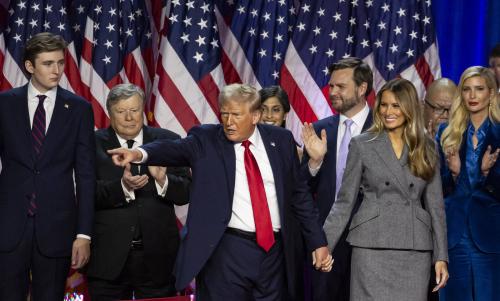According to the Wealth-X and UBS Billionaire Census 2013, in the period 2011-13, billionaires donated $69 billion. By comparison, Giving USA estimates that total annual giving in the U.S. in 2012 was $316 billion. The philanthropic activities of extremely rich individuals such as Andrew Carnegie and John Rockefeller have not only benefitted many people and causes but have also inspired new generations of philanthropists. More recently billionaires, many whom made their fortunes in the technology sector, including Bill and Melinda Gates, have donated huge sums of money to charity.
Who are the Billionaire Givers?
In a recent paper with Jana Sadeh, we shed some light on the characteristics and motivations of very rich philanthropists. To do this, we exploit the Giving Pledge, a philanthropic venture launched in June 2010 by Warren Buffet and Bill and Melinda Gates that encourages billionaires, from the U.S. initially and worldwide later, to donate at least half of their wealth in pursuit of charitable causes of the pledger’s choice. As of May 2014, 127 families and individuals from 12 countries with an estimated net worth of $600 billion have signed the Pledge. Twenty-three of these families made their fortunes in technology.
Interestingly, pledgers are invited to leave written testimonies of what inspires their philanthropy. This fact offers a unique window into the philanthropic motivations of the extremely rich. Given the importance of this specific group of people for the promotion of charitable causes and the paucity of other sources of systematic information about their motives, these letters can offer valuable insights.
Uncovering the Motives of Philanthropists
In our research, we performed a textual analysis of the pledgers’ letters and classified the expressed motivations for giving into ten categories. These include the usual motives that have been associated with prosocial behavior, such as the desire to make an impact or the joy one derives from giving. We also consider additional motives. For example, we considered a donor’s desire to dispense family wealth so as not to spoil one’s heirs. Also, we considered a donor’s desire to leave a legacy and provide an example to others or the sense of moral obligation to share wealth, for instance because of a recognition that wealth is also due to luck and not just the outcome of hard work. Beyond the matter of motivation, we also focus on identifying what personal characteristics of billionaires are good predictors for becoming a Pledger.
The key insights obtained from our analysis are:
- Self-made billionaires are more likely to sign the Giving Pledge, compared to those who inherited their fortunes;
- Philanthropy is impact-driven: in the Giving Pledge letters billionaires talk mostly about what kind of changes they want to achieve, often displaying a business-like attitude in their approach to philanthropy.
There are 1,645 known billionaires according to Forbes magazine, and currently 127 have signed the Giving Pledge. Our findings suggest that, when approaching a billionaire, a fundraiser should:
- Target newly minted billionaires rather than the heirs of dynasties;
- Develop a detailed “business plan” clearly pointing out the objectives of the philanthropic activity and the necessary means to achieve them.
Note: Mirco Tonin’s and Michael Vlassopoulos’ research area is applied microeconomics with particular interest in behavioral economics. Recent work has focused on the sources and implications of prosocial behavior with applications to charitable giving, corporate philanthropy and crowdfunding.



Commentary
Technological Innovators Are Changing Philanthropy: Insights From The Giving Pledge
October 2, 2014